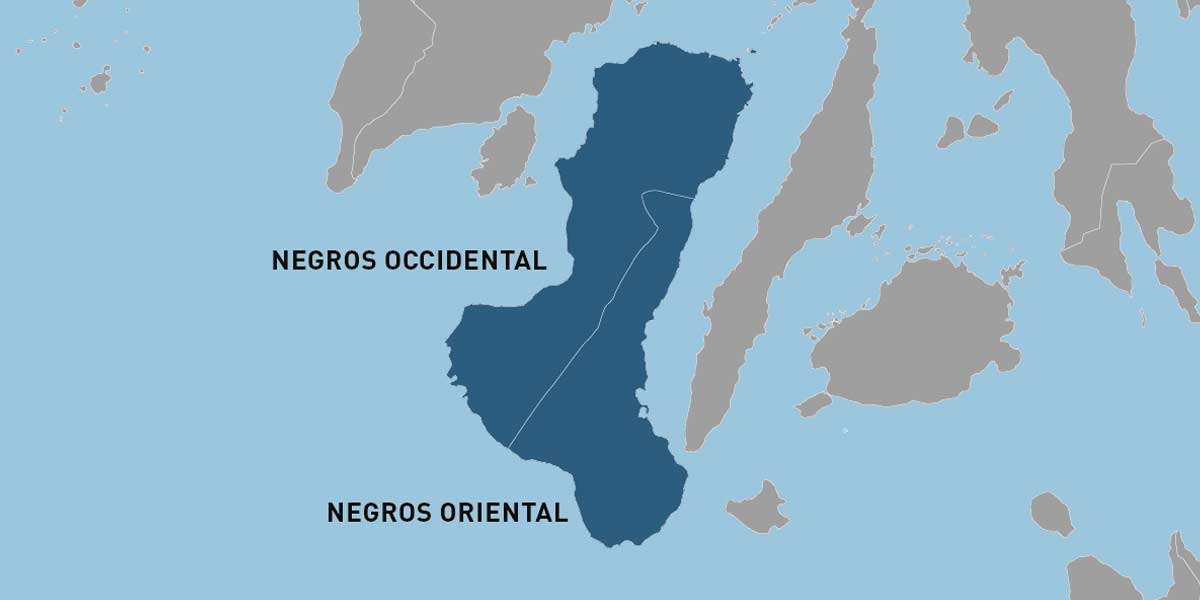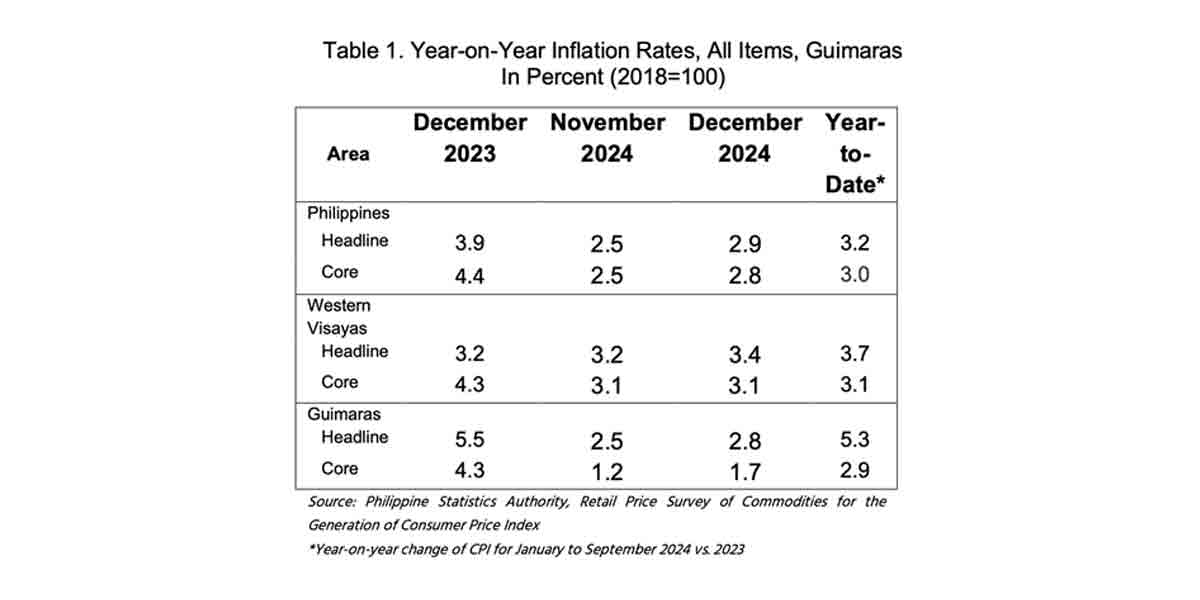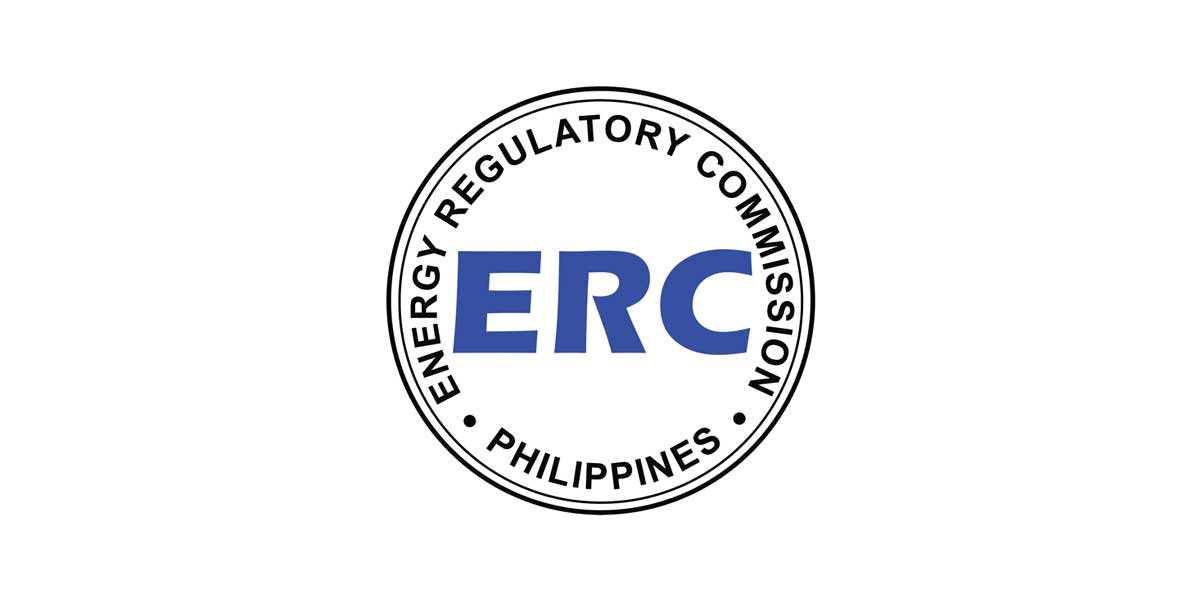The Bangko Sentral ng Pilipinas (BSP) issued the Environmental and Social Risk Management (ESRM) Framework in line with its commitment to champion the sustainability agenda in the financial system.
“The ESRM Framework provides specific expectations on the management of environmental and social (E&S) risks in relation to credit and operational risks, taking into account the size, risk profile and complexity of operations of banks,” explained BSP Governor Benjamin E. Diokno.
This reform initiative is part of a series of regulations that will be released by the BSP to promote sustainable finance.
“It builds on the Sustainable Finance Framework issued in April 2020, which provides the broad expectations on embedding sustainability principles in the corporate and risk governance frameworks, business strategies and operations of banks,” said the Governor.
Under the ESRM framework, the BSP expects banks to embed E&S risks into their credit risk strategies and in all phases of the credit risk management system.
In line with this, the board of directors is expected to set strategic E&S objectives that may include progressively increasing allocations for financing of green or sustainable projects.
“It is important to consider the economic sector and location of the borrower as well as the collateral for the loan, among others, in assessing the exposures to such risks,” according to Governor Diokno.
Banks are also expected to integrate E&S risks in their operational risk management framework; and to conduct a vulnerability assessment of its operations, systems, and offices and branches to physical risks and natural disasters. The results of the assessment should feed into the potential enhancement of business continuity plans of banks.
The ESRM Framework is expected to take effect in 2023 consistent with the effectivity of the Sustainable Finance Framework.
Subsequent phases of regulations will cover the areas of investment activities of banks, climate stress testing, disclosure requirements, prudential reporting and potential regulatory incentives.




















